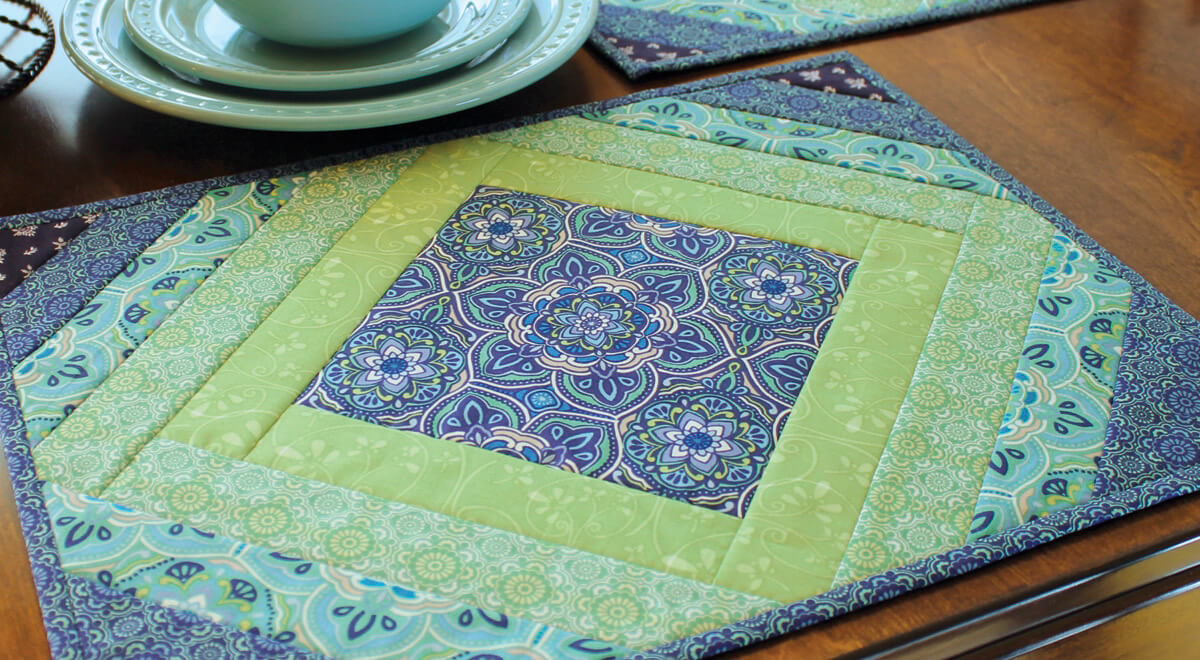3 Easy Facts About Unique Art Shown
3 Easy Facts About Unique Art Shown
Blog Article
5 Easy Facts About Unique Art Described
Table of ContentsAn Unbiased View of Unique ArtSee This Report about Unique ArtNot known Details About Unique Art Getting The Unique Art To Work
While one could question which art kind holds priority, the reality stays that each of these seven types supplies an unique window into human history, culture, and advancement. They are the tapestries that chronicle our trip, reminding us of our past while inspiring visions for the future.Fantastic art work tells a tale, makes people look twice, and creates a distinct experience that can't be matched. Art and pictures connect every one of that via shade, shape and other style elements. Discover exactly how to make your distinct art work stand apart from the group.

8 TRIA GIOVANEqual components grand and laidback, this entrance hall designed by Anthony Baratta is the best blueprint to comply with if you're decorating a formal entryway that still really feels unfussy and comfortable. Patterned fabrics take facility phase (see the rugs and the sofa), however they also assist bring the high ceilings to a human scale when hung over wallpaper.
The Unique Art PDFs
18 Heidi Caillier DesignA gallery wall surface doesn't require to use up the entire space. Sometimes a small one can make a larger style declaration. In this living-room, Hiedi Caillier selected micro-mini frameworks and an arbitrary composition. Promotion - Continue Reading Below19 Stephen Kent JohnsonDesigner Juan Carretero decided for a deep green paint color to contrast with the light timber finishes.
, the expression of ideas and feelings, with the creation of particular aesthetic qualities, in a two-dimensional aesthetic language. The aspects of this languageits shapes, lines, colours, tones, and texturesare made use of in various ways to generate feelings of quantity, space, movement, and light on a level surface. These components are incorporated into expressive patterns in order to represent real or mythological phenomena, to interpret a narrative theme, or to develop entirely abstract visual connections.
Later on the idea of the "fine artist" created in Asia and Renaissance Europe. Famous painters were afforded the social status of scholars and courtiers; they signed their job, determined its layout and typically its subject and imagery, and established a more personalif not always amicablerelationship with their clients. Throughout the 19th century painters in Western societies began to shed their social setting and secure Check Out Your URL patronage.
4 Easy Facts About Unique Art Shown
Others made an earnings via touring exhibitions of their work. The need to appeal to a market had actually changed the similar (if much less impersonal) needs of patronage, and its result on the art itself was probably similar. Typically, artists in the 20th century could reach an audience only through commercial galleries and public galleries, although their job may have been periodically reproduced in art periodicals.

Don't replicate the design of various other musicians if you're searching for your style. Duplicating other individuals's artwork can be fantastic in academic purposes however it will not make you closer to discovering your own one-of-a-kind design. Your creative like this style needs to be, what you like and what influences you.
I would certainly think of your very own style as a style you repaint in normally, when you release all ideas and rules and simply concentrate on painting, not considering it. Unique Art. The design has to come normally to you when you are kicked back and you can't force it or it will not be your own style, simply another person's
The Main Principles Of Unique Art

With time you'll be able to sort all of them right into your favorite and the very least favorite classifications. Try to focus your attention on the subjects and mediums that you like and before you see it coming you'll have your own individual and distinct style, like no one else have! So in the end you'll have a couple of favorite based on repaint and perhaps a few favorite tools.
The design needs to develop itself over time with a great deal of practice and experiments - Unique Art. Thanks for reading this post and if you have any kind of inquiries leave them in the remarks below, I would certainly be pleased to answer these
Report this page